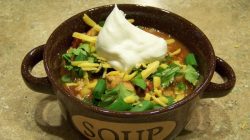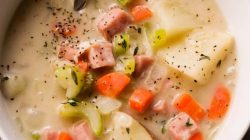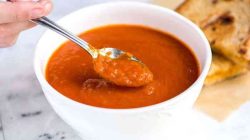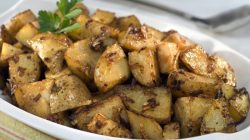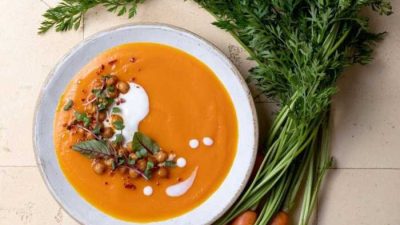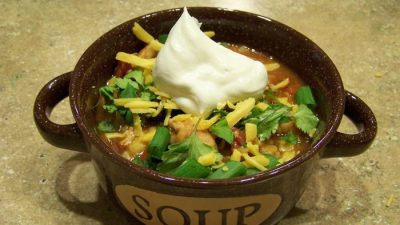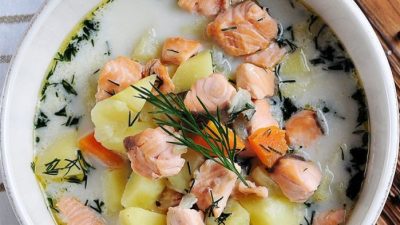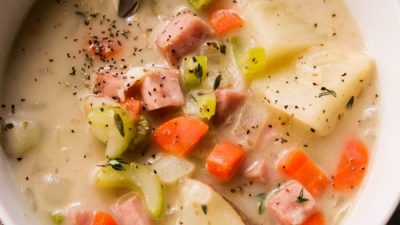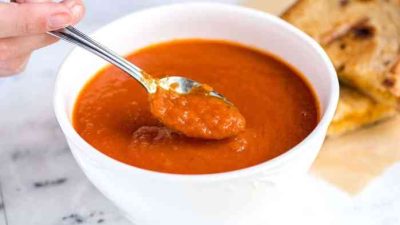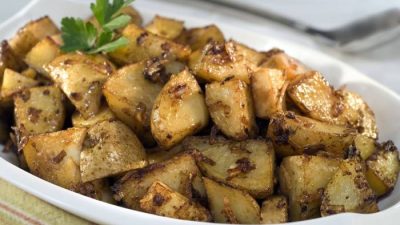Pork Rib Soup Recipe Variations
Pork ribs soup recipe – This section explores diverse pork rib soup recipes, showcasing different culinary styles and cooking methods. We’ll delve into Cantonese, Korean, and American variations, highlighting slow-cooking and pressure-cooking techniques. A comparative table will summarize key differences.
Cantonese Style Pork Rib Soup
This recipe emphasizes a light yet flavorful broth, typical of Cantonese cuisine. The focus is on the natural sweetness of the pork ribs and the subtle interplay of aromatics.
Ingredients: Pork spareribs, ginger, scallions, salt, water.
Instructions: Rinse the ribs thoroughly. In a large pot, combine ribs, sliced ginger, and water. Bring to a boil, then reduce heat and simmer for at least 2 hours, skimming off any foam that rises to the surface. Season with salt to taste. Garnish with chopped scallions before serving.
Korean Style Pork Rib Soup (Galbi Jjigae)
This version incorporates bolder flavors with gochujang (Korean chili paste) and gochugaru (Korean chili flakes) for a spicy and savory broth. Other vegetables such as potatoes, daikon radish, and tofu are often added.
Ingredients: Pork spareribs, gochujang, gochugaru, garlic, onions, potatoes, daikon radish, tofu, soy sauce, fish sauce, vegetable broth, water.
Instructions: Brown the ribs in a pot. Add garlic, onions and sauté. Stir in gochujang, gochugaru, soy sauce, and fish sauce. Add the potatoes, daikon radish, and tofu. Pour in the vegetable broth and water.
Bring to a boil, then reduce heat and simmer for at least 1 hour. Adjust seasoning as needed.
American Style Pork Rib Soup
This recipe focuses on a hearty and rich broth, often incorporating vegetables like carrots, celery, and onions, along with herbs and spices for depth of flavor.
Ingredients: Pork back ribs, carrots, celery, onions, garlic, bay leaf, thyme, black peppercorns, salt, water.
Instructions: Brown the ribs in a large pot or Dutch oven. Add chopped carrots, celery, and onions and sauté until softened. Add garlic, bay leaf, thyme, and peppercorns. Pour in water to cover the ribs. Bring to a boil, then reduce heat and simmer for at least 3 hours, or until the ribs are tender.
Season with salt to taste.
Slow-Cooked Pork Rib Soup
This method utilizes low and slow cooking to achieve maximum tenderness. The long simmering time allows the collagen in the pork ribs to break down, resulting in a rich and flavorful broth.
Ingredients: Pork spareribs, carrots, celery, onions, garlic, bay leaf, thyme, black peppercorns, salt, water.
Instructions: Season the ribs generously with salt and pepper. Sear the ribs in a large pot or Dutch oven until lightly browned. Add chopped vegetables and aromatics. Pour in enough water to cover. Transfer to a slow cooker and cook on low for 8-10 hours, or until the ribs are incredibly tender and falling off the bone.
Strain the broth for a clearer result if desired.
Pressure Cooker Pork Rib Soup
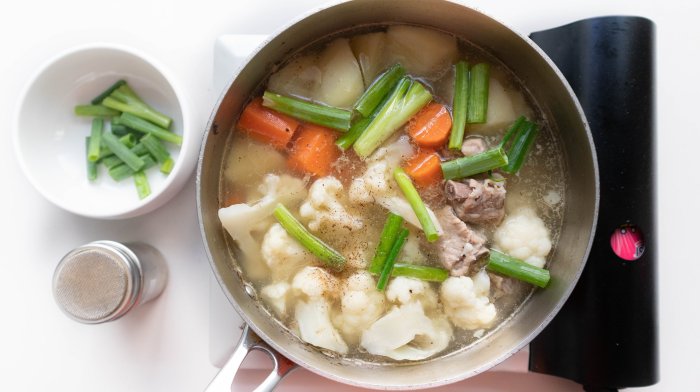
Source: squarespace-cdn.com
A pressure cooker significantly reduces cooking time while maintaining tenderness. Adjustments to cooking time and pressure are necessary.
Ingredients: Pork spareribs, carrots, celery, onions, garlic, bay leaf, thyme, black peppercorns, salt, water.
Instructions: Brown the ribs in a pressure cooker. Add the chopped vegetables and aromatics. Pour in enough water to cover. Close the lid and cook on high pressure for 45-60 minutes, depending on the pressure cooker model and the desired tenderness of the ribs. Allow for a natural pressure release before opening.
Recipe Comparison Table
| Recipe Style | Key Ingredients | Cooking Method | Flavor Profile |
|---|---|---|---|
| Cantonese | Pork spareribs, ginger, scallions | Simmering (2+ hours) | Light, subtly sweet |
| Korean (Galbi Jjigae) | Pork spareribs, gochujang, gochugaru, garlic, onions | Simmering (1+ hour) | Spicy, savory |
| American | Pork back ribs, carrots, celery, onions, herbs, spices | Simmering (3+ hours) | Hearty, rich |
Ingredient Selection and Preparation
Choosing the right ingredients and preparing them correctly are crucial for a delicious pork rib soup. This section details ideal rib types, vegetable preparation, broth selection, and essential pantry staples.
Ideal Pork Ribs for Soup
For soup, pork spareribs or country-style ribs are excellent choices. Spareribs offer a good balance of meat and bone, while country-style ribs provide more meat. The bone adds flavor to the broth during the cooking process. Avoid overly lean ribs, as they may become dry during long cooking times.
Vegetable Preparation
Properly preparing vegetables enhances both their flavor and texture in the soup. Carrots, celery, and onions are commonly used. Chop them into uniform sizes for even cooking. Consider lightly sautéing the vegetables before adding them to the pot to deepen their flavor.
Broth Selection, Pork ribs soup recipe
The type of broth significantly impacts the overall flavor profile. Chicken broth provides a lighter taste, beef broth adds a richer, more savory flavor, and vegetable broth offers a vegetarian-friendly option. Experiment with different broths to find your preferred flavor combination.
Essential Ingredients
- Pork ribs (spareribs or country-style)
- Carrots
- Celery
- Onions
- Garlic
- Water
- Salt
- Black pepper
- (Optional) Bay leaves, thyme, other herbs and spices
Cooking Methods and Techniques
Achieving a rich and flavorful pork rib soup involves specific techniques, including simmering, deglazing, and the careful selection of spices and aromatics. This section details a step-by-step cooking guide.
Achieving a Rich Broth
Simmering is key to extracting maximum flavor from the pork ribs and vegetables. A long, slow simmer allows the collagen in the ribs to break down, creating a rich and gelatinous broth. Periodically skimming off any foam that rises to the surface helps maintain a clear broth.
Deglazing the Pot
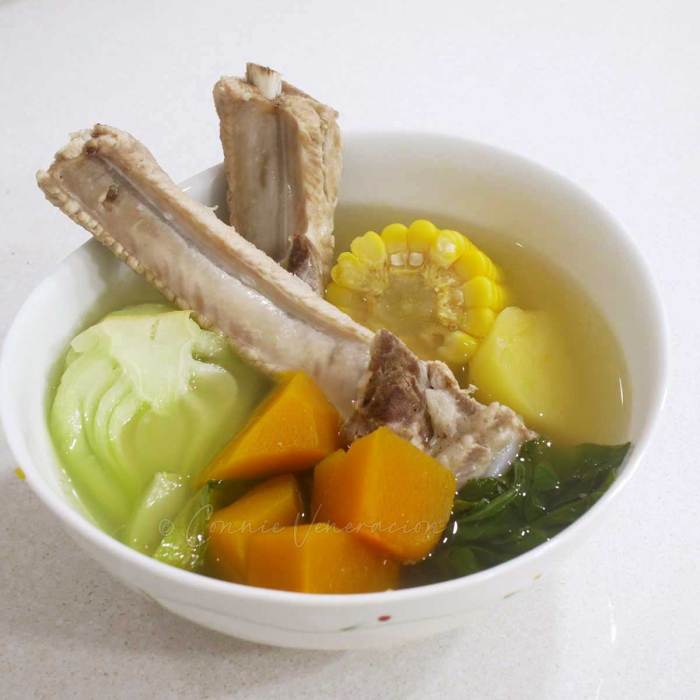
Source: umamidays.com
After browning the ribs and vegetables, deglazing the pot by adding a liquid (such as water, broth, or wine) and scraping up the browned bits from the bottom enhances the flavor of the soup. These browned bits, known as fond, are packed with flavor.
Spices and Aromatics
Ginger, garlic, and star anise are common aromatics used in pork rib soups. Ginger adds a warming, slightly spicy note, garlic provides a pungent aroma, and star anise imparts a subtle licorice-like flavor. The specific combination of spices will depend on the desired flavor profile.
Step-by-Step Cooking Guide
Step 1: Rinse the ribs and pat them dry. Step 2: Season the ribs generously with salt and pepper. Step 3: Brown the ribs in a large pot or Dutch oven over medium-high heat. Step 4: Remove the ribs and set aside. Step 5: Add chopped vegetables to the pot and sauté until softened.
Step 6: Return the ribs to the pot. Step 7: Add water or broth to cover the ribs. Step 8: Add any desired spices and aromatics. Step 9: Bring to a boil, then reduce heat and simmer for at least 2-3 hours, or until the ribs are tender. Step 10: Taste and adjust seasoning as needed.
Step 11: Serve hot.
Serving and Presentation
The final touch to a delicious pork rib soup is its presentation. Appropriate garnishes and serving styles enhance both the visual appeal and the overall dining experience.
Garnishes and Enhancements
Fresh herbs like cilantro or parsley add a pop of color and freshness. A drizzle of chili oil introduces a spicy kick, while lime wedges offer a touch of acidity to balance the richness of the soup. A sprinkle of chopped green onions also adds visual appeal and a mild oniony flavor.
Serving Suggestions
Pork rib soup can be served as a hearty main course, alongside rice or noodles. It can also be part of a larger meal, paired with other dishes. A smaller portion makes for a light lunch.
Visually Appealing Presentation
Serve the soup in a rustic bowl, highlighting the tender ribs and colorful vegetables. The bowl’s shape and color should complement the soup’s overall aesthetic. The garnishes should be artfully arranged to enhance the visual appeal, perhaps with a swirl of chili oil or a neat arrangement of herbs.
Descriptive Paragraph of Finished Soup
The rich, savory broth, infused with the subtle sweetness of the pork ribs and the aromatic depth of ginger and garlic, shimmers invitingly in the bowl. Tender, succulent ribs peek from beneath a medley of brightly colored vegetables – vibrant carrots, crisp celery, and soft onions. A delicate sprinkle of fresh cilantro adds a touch of vibrant green, contrasting beautifully with the warm hues of the soup.
The aroma is deeply comforting, promising a taste of warmth and satisfaction.
Recipe Modifications and Adaptations: Pork Ribs Soup Recipe
This section explores how to adapt the pork rib soup recipe to accommodate various dietary restrictions and preferences, including substitutions for key ingredients and adjustments to spiciness and richness.
Dietary Adaptations
For gluten-free diets, ensure all ingredients are gluten-free (soy sauce can be substituted with tamari or coconut aminos). For low-sodium diets, reduce or eliminate added salt and use low-sodium broth. A vegetarian version can be made using hearty vegetables like mushrooms, beans, and lentils in place of the pork ribs, using a vegetable broth base.
Ingredient Substitutions
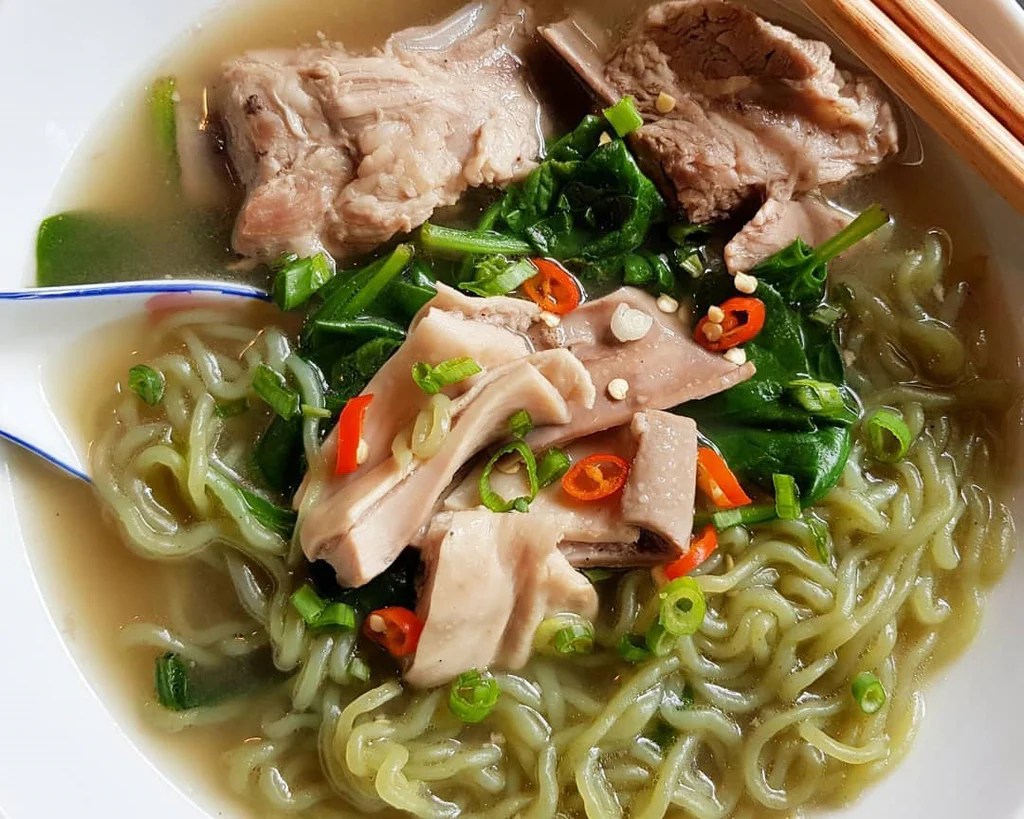
Source: shopify.com
If carrots are unavailable, parsnips or sweet potatoes can be substituted. Celery can be replaced with fennel or leeks. For a richer broth, consider adding bone marrow or a splash of sherry.
Adjusting Spiciness and Richness
To increase spiciness, add chili flakes, or a spicier chili paste. To reduce richness, use less fat during browning and reduce the amount of broth. To increase richness, use more bone-in meat and simmer longer.
Dietary Modification Table
| Dietary Restriction | Modification | Ingredient Substitution | Flavor Impact |
|---|---|---|---|
| Gluten-Free | Use gluten-free soy sauce alternative | Tamari or coconut aminos | Minimal flavor change |
| Low-Sodium | Reduce or eliminate added salt, use low-sodium broth | N/A | Less salty flavor |
| Vegetarian | Replace pork ribs with hearty vegetables | Mushrooms, beans, lentils | Substantially different flavor |
Common Queries
Can I freeze leftover pork rib soup?
Yes, pork rib soup freezes well. Allow it to cool completely before storing in airtight containers for up to 3 months.
What are the best types of vegetables to add?
A hearty pork ribs soup recipe often features tender ribs simmered in a rich broth. For a different, yet equally comforting, soup experience, you might consider trying a lighter option like the pea soup andersen’s recipe , known for its smooth texture and subtle flavors. Returning to our pork ribs, remember that slow cooking is key to achieving melt-in-your-mouth tenderness.
Carrots, celery, onions, and mushrooms are classic additions. Consider adding bok choy, daikon radish, or other vegetables based on your preferred flavor profile.
How can I thicken the soup?
A cornstarch slurry (cornstarch mixed with cold water) or a roux (butter and flour cooked together) can be used to thicken the soup. Add slowly while stirring constantly.
Can I use different cuts of pork?
While pork ribs are ideal for their tenderness, you can experiment with other cuts like pork shoulder or belly, adjusting cooking time accordingly.


